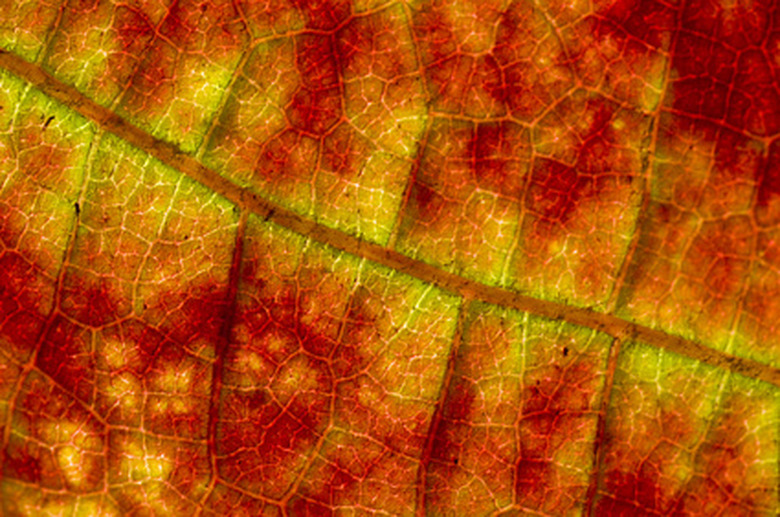How Do Plant Cells Obtain Energy?
The sun is important to all living things. It is the original energy source for all ecosystems. Plants contain special mechanisms that allow them to convert sunlight into energy.
Photosynthesis
Photosynthesis
Plant cells obtain energy through a process called photosynthesis. This process uses solar energy to convert carbon dioxide and water into energy in the form of carbohydrates. It is a two-part process. First, the energy from solar radiation is trapped in the plant. Secondly, that energy is used to break down carbon dioxide and form glucose, the main energy molecule in plants. Plants, algae and some bacteria use photosynthesis to create energy used for growth, maintenance and reproduction.
Chloroplast
Chloroplast
Chloroplasts are organelles (functioning units within cells) where the photosynthesis reaction occurs. These organelles, located in the leaf and stem cells of plants, contain a protein-rich fluid where most energy-attaining processes of photosynthesis take place.
Photosystems
Photosystems
Inside the chloroplasts, chemical solar energy is absorbed in pigment molecules that are arranged in groups called photosystems. Energy is transferred to cells as light travels through these photosystems. The energy is transferred as electrons.
Chlorophyll
Chlorophyll
Inside each photosystem are many pigment molecules. Two hundred green pigment molecules called chlorophyll make up the majority of these molecules. The parts of a plant where photosynthesis takes place are easily identified by their green color. This color is the result of chlorophyll in the photosystems.
Respiration
Respiration
The energy collected in the chloroplasts is used during cellular respiration. During cellular respiration, the energy from the glucose made during photosynthesis is used to produce energy molecules for growth and reproduction. The products of respiration are energy molecules, carbon dioxide and water. The carbon dioxide and water produced are transferred back to the chloroplast where they are again used for photosynthesis. Cellular respiration takes place in another organelle called the mitochondria. Here, the energy obtained from the glucose produced in the chloroplast is created and stored for future use by the plant.
Cite This Article
MLA
Jansen, Jim. "How Do Plant Cells Obtain Energy?" sciencing.com, https://www.sciencing.com/do-plant-cells-obtain-energy-6471795/. 24 April 2017.
APA
Jansen, Jim. (2017, April 24). How Do Plant Cells Obtain Energy?. sciencing.com. Retrieved from https://www.sciencing.com/do-plant-cells-obtain-energy-6471795/
Chicago
Jansen, Jim. How Do Plant Cells Obtain Energy? last modified March 24, 2022. https://www.sciencing.com/do-plant-cells-obtain-energy-6471795/
